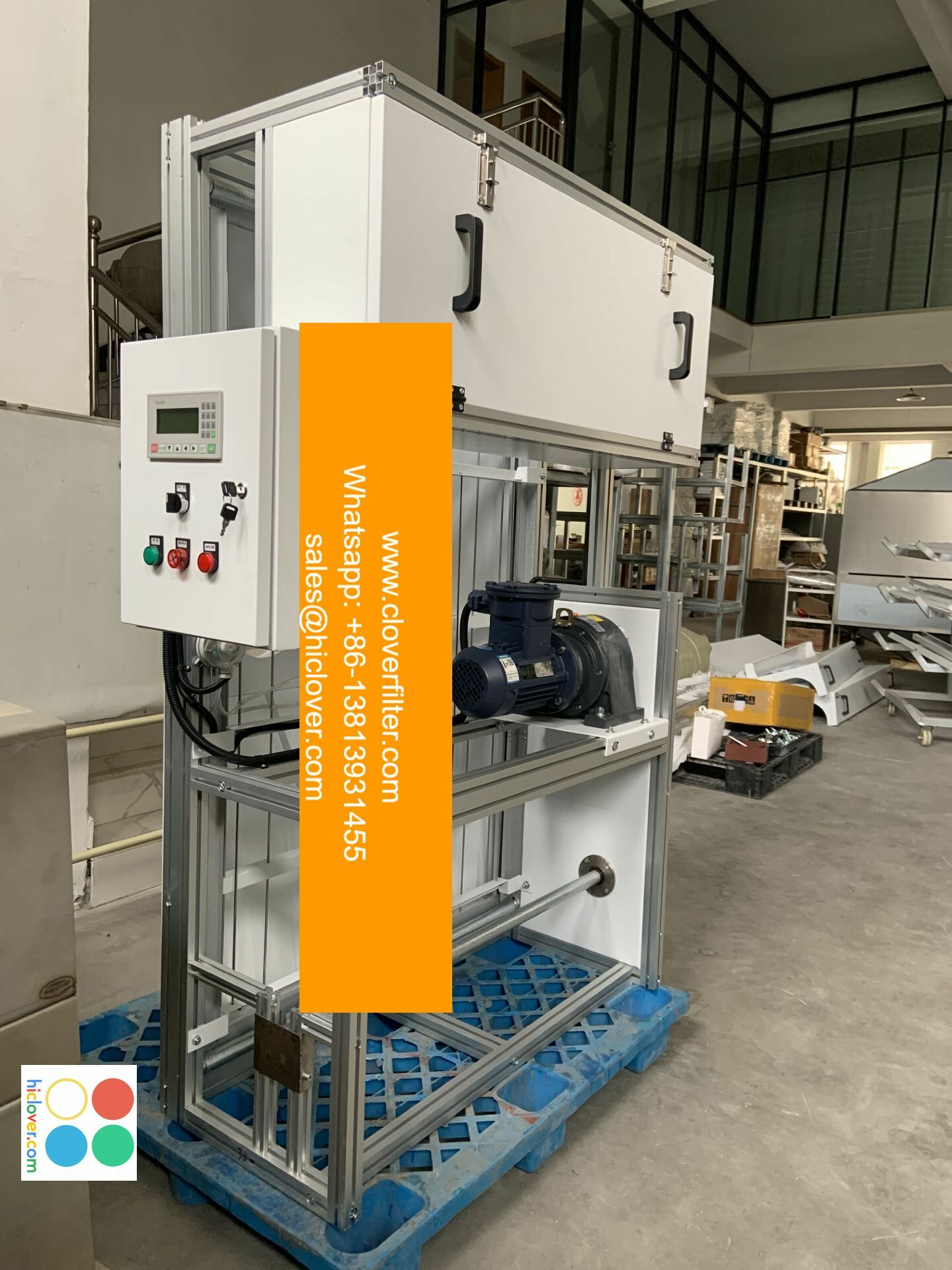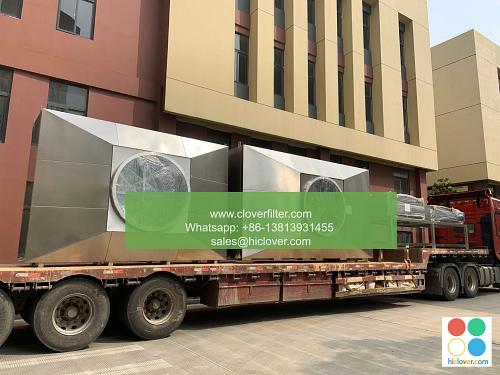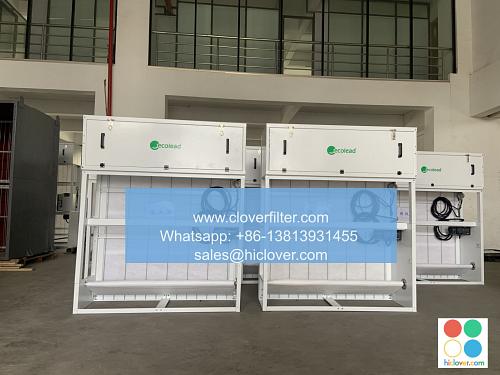Automatic Roll Air Filters in Pharmaceutical Cleanrooms: Meeting Regulatory Requirements

Air quality is a critical aspect of pharmaceutical cleanrooms, as it directly impacts the safety and efficacy of the products being manufactured. To maintain the required level of air cleanliness, automatic roll air filters (ARFs) have become an essential component of cleanroom design. These filters provide a high level of air filtration, removing particles and contaminants that could compromise the quality of pharmaceutical products. In this article, we will discuss the role of ARFs in meeting regulatory requirements in pharmaceutical cleanrooms.
Pharmaceutical cleanrooms are subject to strict regulatory guidelines, including those set by the International Organization for Standardization (ISO) and the Food and Drug Administration (FDA). These guidelines dictate the minimum requirements for air quality, including the levels of particles, microorganisms, and other contaminants that are allowed in the cleanroom. ARFs play a crucial role in meeting these requirements, as they are capable of capturing particles as small as 0.3 microns, including bacteria, viruses, and other microorganisms.
ARFs are designed to provide a continuous supply of filtered air to the cleanroom, without the need for manual intervention. They consist of a roll of filter media, which is automatically advanced as it becomes loaded with particles and contaminants. This ensures that the air in the cleanroom remains clean and free of contaminants, even during periods of high production or when the cleanroom is not in use. The use of ARFs also helps to reduce the risk of contamination, as they minimize the need for manual handling of filters and other equipment.
In addition to meeting regulatory requirements, ARFs also offer several other benefits in pharmaceutical cleanrooms. They are highly efficient, capturing up to 99.97% of particles as small as 0.3 microns, and are capable of handling high airflows without a significant drop in pressure. This makes them ideal for use in large cleanrooms or those with high ceilings. ARFs are also relatively low maintenance, as they do not require frequent changes or cleaning, and are designed to be easy to install and integrate into existing cleanroom designs.
When selecting an ARF for a pharmaceutical cleanroom, there are several factors to consider. The first is the level of filtration required, which will depend on the specific regulations and guidelines that apply to the cleanroom. The size and type of filter media, as well as the air flow rate, will also need to be considered. Additionally, the ARF should be designed to be compatible with the cleanroom’s HVAC system and should be easy to install and maintain. It is also important to consider the cost of the ARF, as well as the cost of replacement filters and maintenance.
Another important consideration is the validation of the ARF. This involves testing the filter to ensure that it is performing as expected and meeting the required levels of filtration. This can be done using a variety of methods, including particle counting and air flow testing. The validation process should be repeated regularly to ensure that the ARF continues to perform as expected over time.
In conclusion, automatic roll air filters play a critical role in maintaining the required level of air cleanliness in pharmaceutical cleanrooms. They are highly efficient, relatively low maintenance, and offer several benefits, including reduced risk of contamination and minimal manual intervention. By understanding the role of ARFs in meeting regulatory requirements and considering the factors involved in selecting and validating an ARF, pharmaceutical manufacturers can ensure that their cleanrooms meet the required standards for air quality.
Frequently Asked Questions
Q: What is the purpose of an automatic roll air filter in a pharmaceutical cleanroom?
A: The purpose of an ARF is to provide a continuous supply of filtered air to the cleanroom, removing particles and contaminants that could compromise the quality of pharmaceutical products.
Q: What are the regulatory requirements for air quality in pharmaceutical cleanrooms?
A: The regulatory requirements for air quality in pharmaceutical cleanrooms are set by organizations such as the International Organization for Standardization (ISO) and the Food and Drug Administration (FDA), and include guidelines for particle counts, microorganisms, and other contaminants.
Q: How often should an ARF be validated?
A: The validation of an ARF should be repeated regularly, ideally every 6-12 months, to ensure that it continues to perform as expected over time.
Q: What are the benefits of using an ARF in a pharmaceutical cleanroom?
A: The benefits of using an ARF in a pharmaceutical cleanroom include reduced risk of contamination, minimal manual intervention, and highly efficient filtration, making them an ideal choice for maintaining the required level of air cleanliness.


